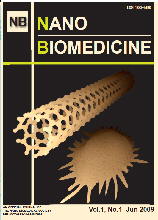SynopsisTooth-surface-polishing agents are a material for tooth surface polishing for dental hygienists to use after removing plaque, exogenous deposit, and tartar that cannot be removed by patient self-care. We performed cytotoxicity tests of 5 products among clinically available products. As a result, when a tooth-cleaning agent was mixed with the assay medium as a 1/5-concentration sample, cell viability reduced in proportion to sample addition. As there were marked differences in cell viabil-ity among the products used in this experiment, dental hygienists should understand the characteris-tics of a tooth-cleaning agent before use. They are routinely used in current dental clinical practice, but few studies have reported their biological influence.
Chinese-hamster-derived V79 cells and Dulbecco's Modified Eagle's Medium (DMEM) con-taining 10 % fetal bovine serum as an assay medium were used. Cell viability was investigated us-ing the three-dimensional culture method with collagen and MTT assay. The results showed marked differences in cell viability among the samples after cell exposure to each tooth-surface-polishing agents at a 1/5 concentration. It is necessary to understand the characteristics of various tooth-surface-polishing agents and select the most appropriate one for each purpose.
Key words: tooth-surface-polishing agent, cytotoxicity, cell viability, three-dimensional culture, PMTC
Full text PDF
DOI: 10.11344/nano.16.73
Matsunami T, Imai K, Maesoma A. Cytotoxicity test of five commercially tooth-surface-polishing agents by three-dimensional culture technique using type I collagen. Nano Biomed 2004; 16(2): 73-78.
